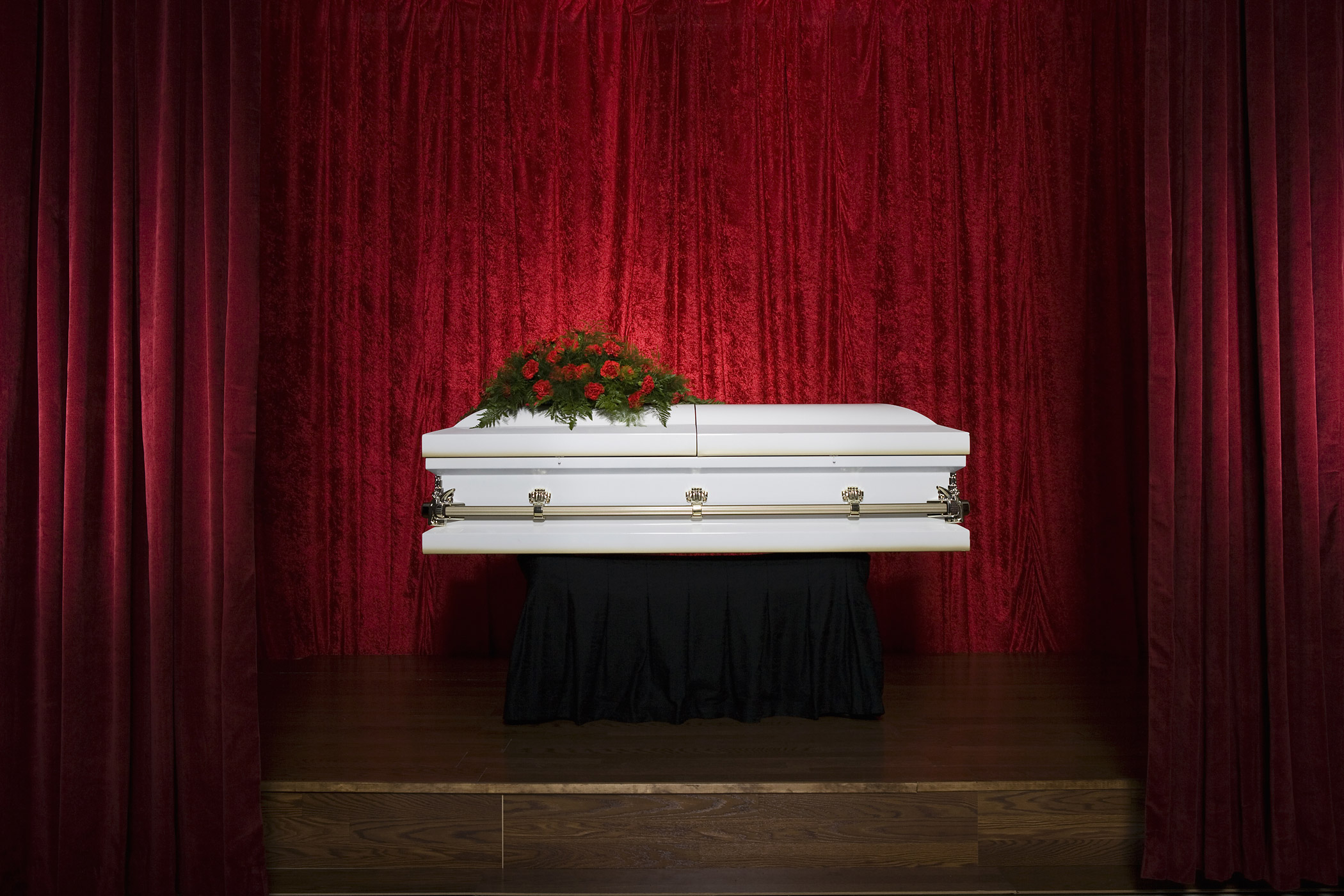
Men who have jobs where they’re exposed to high levels of the chemical formaldehyde are at much greater risk of dying from ALS—amyotrophic lateral sclerosis, also known as Lou Gehrig’s disease and widely publicized by the Ice Bucket Challenge—than people with no exposure, according to new research.
When it comes to high, intense levels of exposure to formaldehyde, one occupation rises above them all: funeral directors. “We weren’t expecting this result,” says Andrea Roberts, one of the authors of the study and a research associate in the department of social and behavioral sciences at the Harvard T.H. Chan School of Public Health.
The research, which was published as a letter in the Journal of Neurology Neurosurgery & Psychiatry, adds to the growing and sometimes conflicting data of formaldehyde’s relationship to the very rare disease ALS. The study looked at the connection between deaths from ALS and occupational exposure to formaldehyde. Using a national dataset of 1.5 million Americans who provided job information, the researchers then sorted the occupations by levels of formaldehyde exposure and looked at death certificates to determine who in the sample died from ALS.
Men with high, consistent exposure to formaldehyde—all funeral directors—were almost 4.5 times more likely to die from ALS than men who had jobs with no formaldehyde exposure, Roberts says. It’s worth noting, however, that there were only two deaths from ALS in the sample of men with high and intense exposure.
Interestingly, the strong effect for funeral directors was only found in men—but that may have more to do with the fact that there were so few female funeral directors in the database. Female funeral workers may also have different job descriptions. “Women have a tendency to be more involved with dealing with the clients, not the back-office actual embalming,” Roberts says. But for male funeral directors, the field includes embalming—which means regular exposure to chemicals like formaldehyde, which is absorbed through the skin during the embalming process, the authors write.
Embalming isn’t the only industry to use formaldehyde; textile manufacturing and labs may use it too, although workers there are likely exposed to much lower and less consistent levels.
The study doesn’t prove that the formaldehyde exposure during embalming causes ALS, and funeral directors are exposed to all sorts of things that could also be contributing to the association, including other embalming chemicals and bacteria and viruses present in cadavers that had been ill at the end of life, Roberts says. But the association is a hint that the potential health risks of the job may deserve a closer look. “It really suggests that we should do a study of this industry,” she says. “The bottom line is we know almost nothing about what causes ALS, so any clues that we can get might be relevant, and hopefully would be relevant, not just for people in this profession but for other people as well.”
More Must-Reads from TIME
- Cybersecurity Experts Are Sounding the Alarm on DOGE
- Meet the 2025 Women of the Year
- The Harsh Truth About Disability Inclusion
- Why Do More Young Adults Have Cancer?
- Colman Domingo Leads With Radical Love
- How to Get Better at Doing Things Alone
- Michelle Zauner Stares Down the Darkness
Write to Mandy Oaklander at mandy.oaklander@time.com